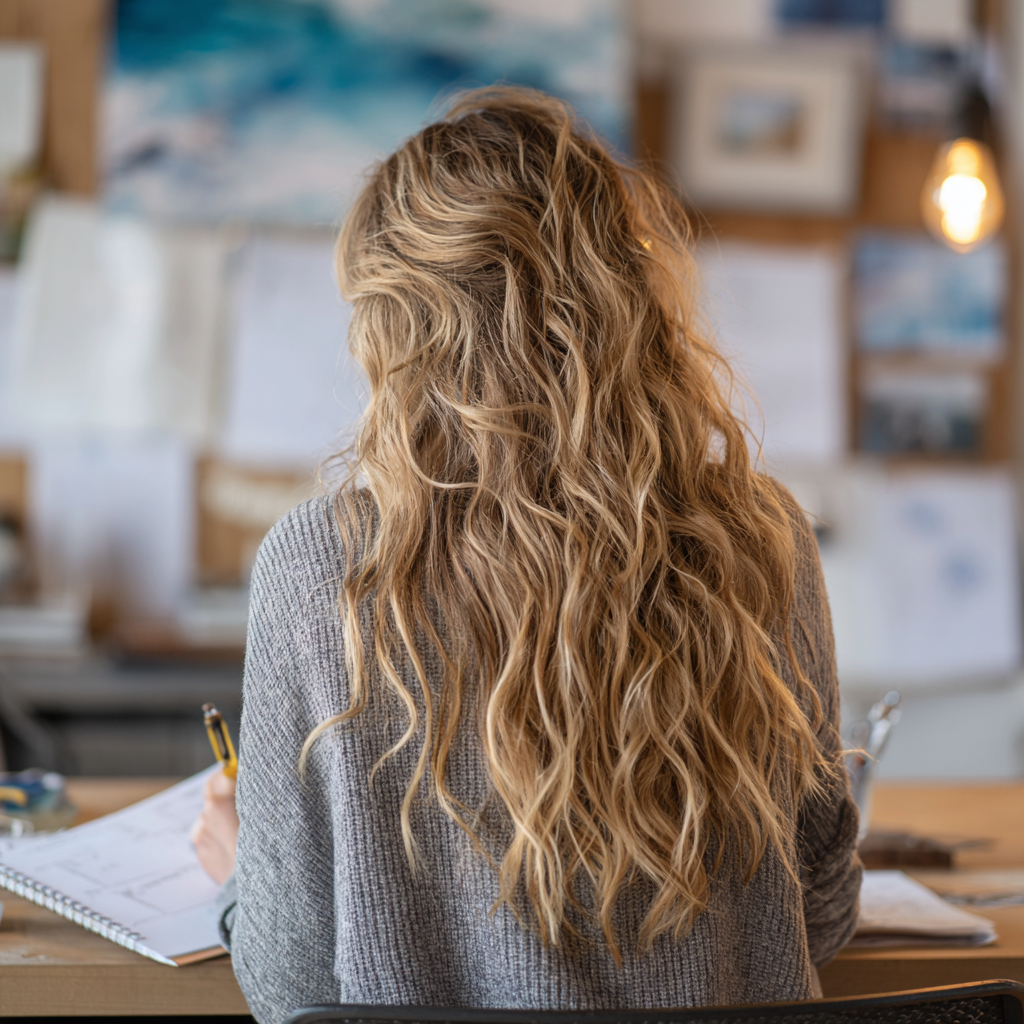The way we build and deliver digital experiences is evolving, and for many brands, the shift toward headless architecture is a game-changer. Traditional CMS platforms like WordPress, while still incredibly powerful, often come with performance bottlenecks and security vulnerabilities due to their monolithic structure. Enter headless CMS—a modern approach that decouples the backend from the frontend, enabling faster, more secure, and highly scalable web experiences.
What Does It Mean to Go Headless?
In a traditional CMS, everything—content management, front-end rendering, and database operations—is tightly connected within a single system. Headless architecture breaks this dependency by separating the content management backend (where data is stored and edited) from the frontend (how content is displayed to users). This allows developers to serve content via APIs to any platform, whether it’s a website, mobile app, or even IoT devices.
Why Go Headless? The Key Benefits
- Speed and Performance – By decoupling the frontend from the backend, websites can be optimized for speed, reducing load times and improving Core Web Vitals. This is crucial for SEO and user experience.
- Enhanced Security – Since the CMS is not directly exposed to the public, the risk of cyberattacks, such as SQL injections and plugin vulnerabilities, is significantly reduced.
- Omnichannel Content Delivery – With an API-driven approach, the same content can be deployed across multiple platforms beyond just a website, including apps, digital kiosks, and smart devices.
- Greater Development Flexibility – Developers can use modern frameworks like Next.js, Nuxt.js, or Gatsby for frontend rendering while still leveraging their preferred backend CMS.
- Scalability and Future-Proofing – As businesses grow, headless setups allow for easier scaling without overhauling the entire architecture.
Can I Still Use WordPress? Absolutely.
A common misconception is that going headless means abandoning traditional CMS platforms like WordPress. In reality, WordPress can still be used as the backend while leveraging a modern frontend framework. By implementing solutions like WPGraphQL or the REST API, WordPress acts as a content hub, with the frontend being powered by a separate framework that renders pages much faster.
Popular Headless CMS Solutions
- Strapi – An open-source, self-hosted headless CMS that provides full flexibility for developers.
- Contentful – A cloud-based CMS that enables structured content management and delivery via APIs.
- Sanity – A real-time, developer-friendly CMS with powerful content modeling features.
- WordPress (Headless Mode) – When integrated with a headless frontend like Next.js, WordPress can still be an effective content management tool without the traditional frontend constraints.
Making the Transition
Switching to a headless CMS requires careful planning, especially for businesses that rely heavily on their existing CMS infrastructure. The transition should involve:
- Evaluating Content Needs – Determine how your content will be structured and delivered across platforms.
- Choosing the Right Tech Stack – Select a backend CMS and a compatible frontend framework.
- Building an API Layer – Ensure seamless communication between your content source and the frontend.
- Optimizing for Performance – Use static site generation (SSG) or server-side rendering (SSR) for the best speed and SEO results.
Is Headless Right for Your Brand?
Going headless isn’t a one-size-fits-all solution, but for businesses prioritizing performance, security, and omnichannel content delivery, it’s a compelling choice. Whether you’re re-platforming or simply looking to modernize your digital experience, adopting a headless approach can future-proof your website while maintaining the flexibility of familiar CMS tools.
Are you considering going headless? Let’s discuss how this approach can elevate your brand’s digital strategy.





